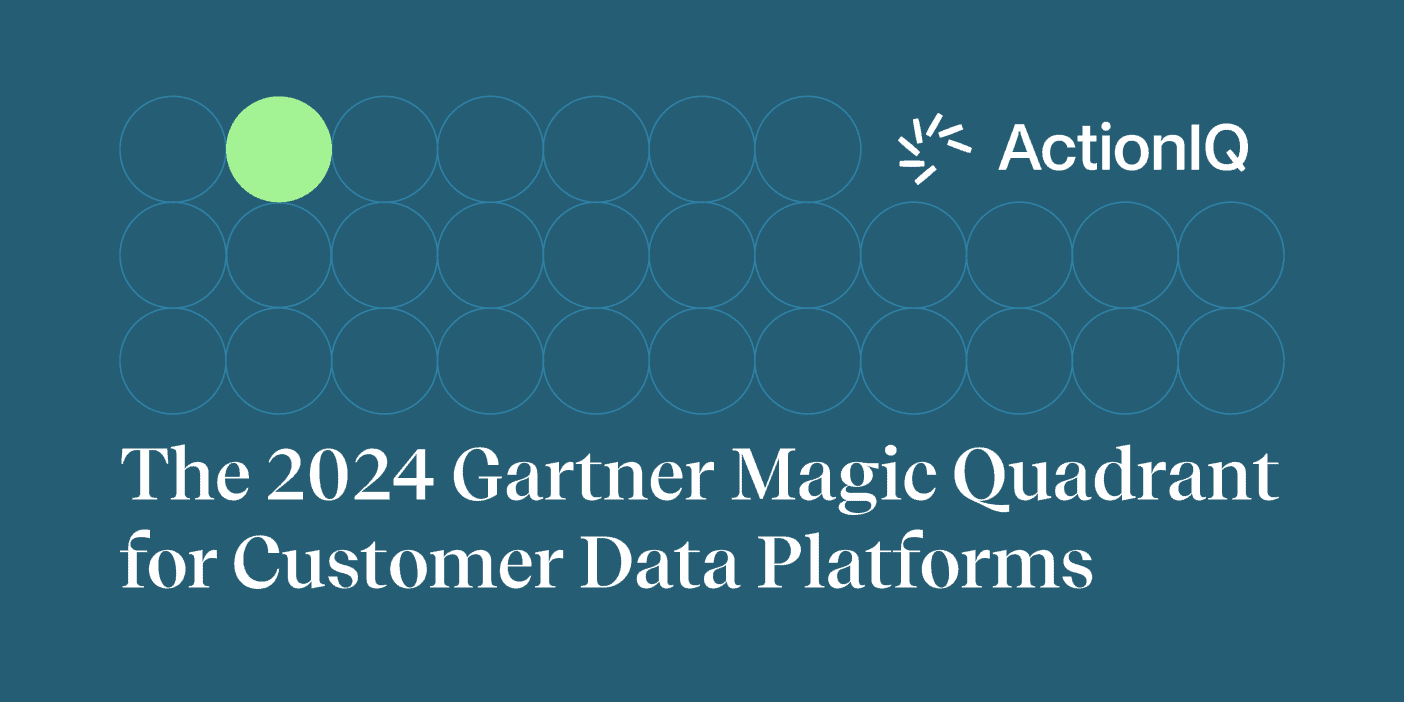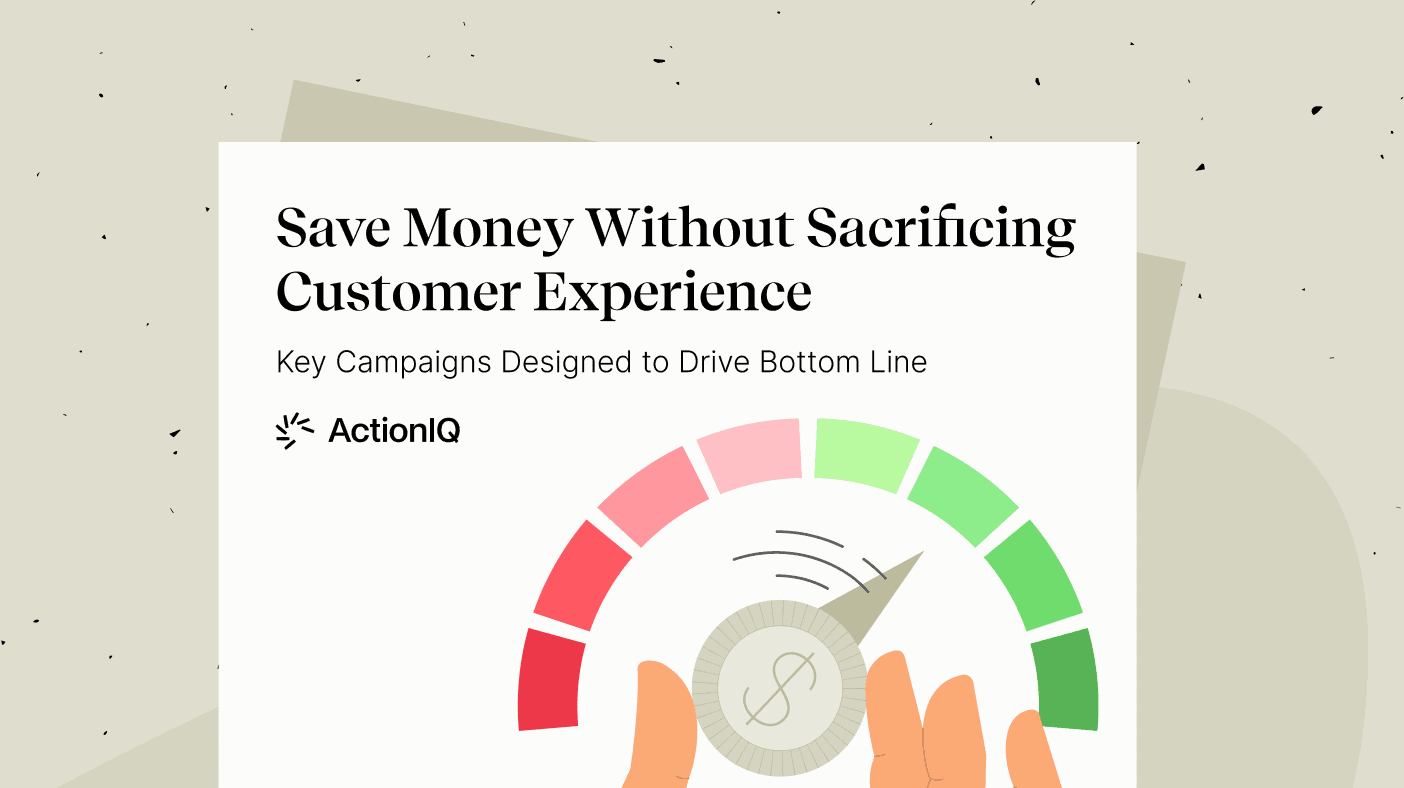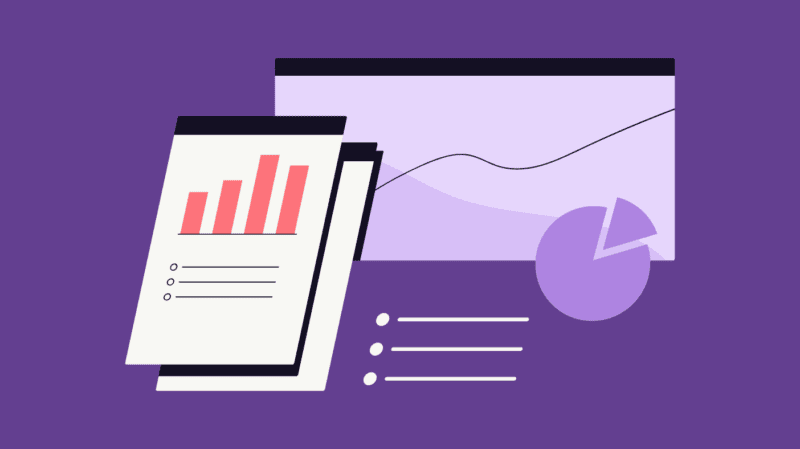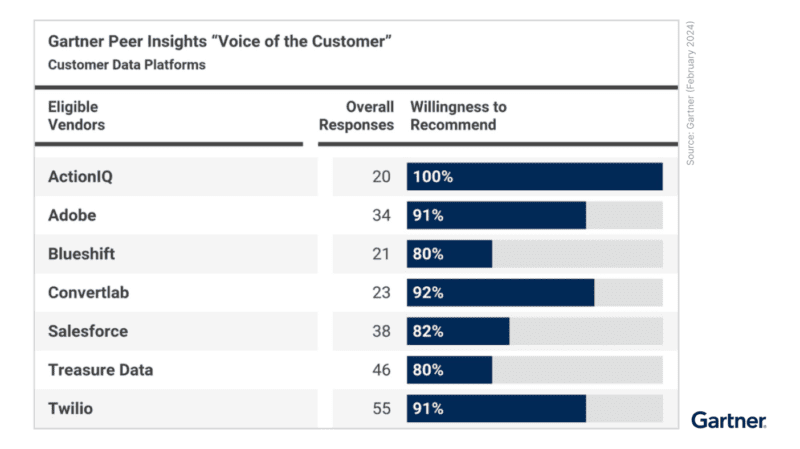Demystifying CDPs: Composable CDPs, Reverse ETLs and Hybrids

There has been a lot of talk recently on what is a customer data platform (CDP) versus some of the other new category terms, leading to debate on social media — causing market confusion. So I wanted to take a step back and present our point of view.
First, if you haven’t checked it out already, please read a16z’s blog post on the “Rise of the Composable CDPs.” It’s a good starting point and among other things, it offers a clear definition of what is versus isn’t a composable CDP.
We believe the broader trend of composability is extremely powerful and, for those CDPs that do evolve to become composable, the benefits to them and their customers are enormous.
Confusion Around Composable CDPs
Reverse ETL or Composable CDP?
Here’s where the confusion comes in. Most of the “Composable CDP” vendors are really Reverse ETL vendors that repositioned as CDPs late in the game. Early on, Reverse ETL vendors explicitly avoided positioning as anything like a CDP — and in fact they were making many grandiose claims (“Friends don’t let friends buy a CDP!”, “You don’t need a CDP! Use us and your Data Warehouse will become your CDP!”), which were rooted in those vendors’ lack of understanding of what a CDP does versus what a CDP doesn’t do. Thankfully people do learn, and we rarely hear similar arguments these days.
How Core CDPs Stack Up to Composable Standards
On the other hand, from the core CDP vendors only ActionIQ has evolved so far to meet the Composable CDP definition. Moreover, we offer the only Hybrid solution in the market, meaning an Enterprise leveraging ActionIQ can have their CDP deployed in a Composable way (meaning, using their data warehouse/lake/lakehouse for storing and processing their data) but also they can have some data stored and processed in ActionIQ, as needed. That’s totally a choice we leave up to our customers and it’s transparent to the ActionIQ business user, making it a very powerful deployment tool.
How Reverse ETL Stacks Up to CDP Standards
In addition, Reverse ETL vendors, showing up late in the CDP game, lack a lot of standard CDP functionality. For starters, those vendors have admitted that they don’t meet the CDP Institute’s definition of a CDP. And despite the ChatGPT hype, software still doesn’t write itself. So having had a late start, they lack several critical CDP features, from Journey Orchestration to Real-Time CX, to true model-based Identity Resolution and much more. Not to mention the low maturity of what they claim they do have, most being recently released features or upcoming roadmap.
Moreover, the orthodoxy of Reverse ETL products being only a push-down tool, versus having a Hybrid option like ActionIQ, looks benign on paper but removes much needed optionality in many real life situations. Especially in large Enterprise environments, it’s highly unlikely that all the data you need is neatly formatted in just one place across the whole enterprise.. Also having the Hybrid option is critical to power certain CDP capabilities like Real-Time CX and acquisition / DMP replacement use cases, to name just a couple.
How We Partner With Brands For Composable and Hybrid Deployments
By the way, why do we know these things? Just check out the long list of Global 2000 logos we have there. These are brands that we are proud and humbled to call our customers, most have partnered with us for many years now and together we have delivered outstanding business results with their ActionIQ investment. In fact, many are transitioning to a Composable or Hybrid deployment with ActionIQ so we have a lot of experience in terms of what works versus doesn’t.
The Long and Short of It
So given the above, we can now summarize the confusion. Most Composable CDPs, specifically the Reverse ETL vendors, are not CDPs, per the CDP Institute’s objective definition and what, in my experience, has historically been considered core/essential CDP functionality. But also, most CDPs except for ActionIQ (and whomever else is willing and able to truly evolve their core architecture in the future, which is not trivial) are not Composable CDPs despite the term similarity. And to make things worse, the same Reverse ETL vendors who essentially renamed themselves Composable CDPs after claiming “CDPs are dead” will sometimes quietly drop the “Composable” part… and even let some of their friends buy a CDP, as long as it’s their CDP.
At the end of the day, there may well be use cases where a Reverse ETL tool can succeed, perhaps smaller/simpler environments with simpler data environments and fewer business user/CX/orchestration requirements. However, as the market tries to understand what tool is best for which job, it’s good to keep in mind that calling yourself a CDP is cheap, but evolving a product’s architecture and building core category capabilities is hard and takes years to get there — and while Reverse ETL folks are smart and evolving, the rest of the market is evolving as well, making it harder to close the gaps. So I find it unlikely that Composable CDPs will also be CDPs anytime soon… unless those vendors redefine what CDP means, of course.
All that being said, we love the energy and debates in the space and I look forward to seeing the broader category grow — proving all the early CDP skeptics wrong.
To learn how you can get started with a — truly — composable CDP, reach out here for a demo.





